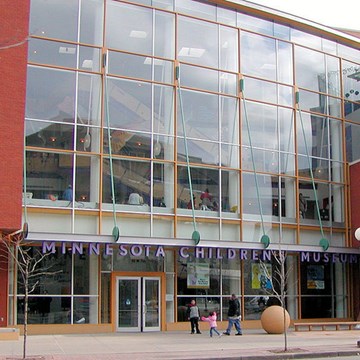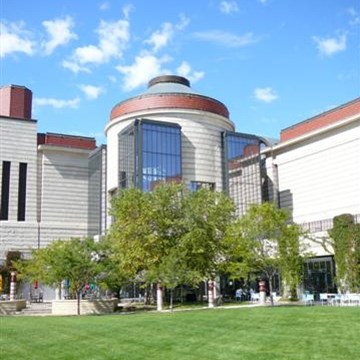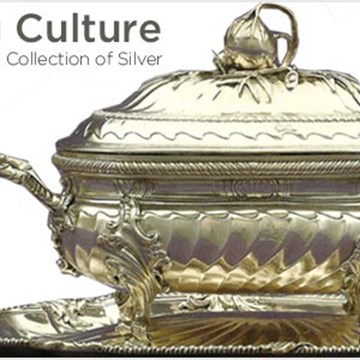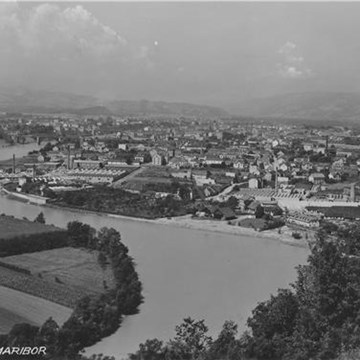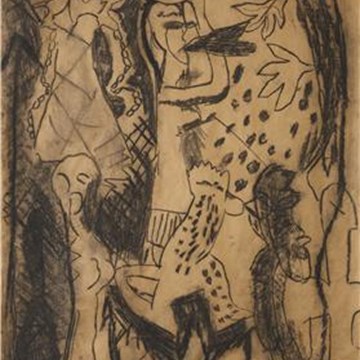Musée d'Orsay
Musee d'Orsay
The national museum of the Musée d'Orsay opened to the public on 9 December 1986 to show the great diversity of artistic creation in the western world between 1848 and 1914. It was formed with the national collections coming mainly from three establishments:
- from the Louvre museum, for the works of artists born after 1820 or coming to the fore during the Second Republic;
- from the Musée du Jeu de Paume, which since 1947 had been devoted to Impressionism;
- and lastly from the National Museum of Modern Art, which, when it moved in 1976 to the Centre Georges Pompidou, only kept works of artists born after 1870.
The history of the museum, of its building is quite unusual. In the centre of Paris on the banks of the Seine, opposite the Tuileries Gardens, the museum was installed in the former Orsay railway station, built for the Universal Exhibition of 1900. So the building itself could be seen as the first "work of art" in the Musee d'Orsay, which displays collections of art from the period 1848 to 1914.
The museum houses the largest collection of impressionist and post-impressionist masterpieces in the world, by painters such as Monet, Manet, Degas, Renoir, Cézanne, Seurat, Sisley, Gauguin and Van Gogh.
Exhibitions and events
We don't have anything to show you here.
Educational programs
We don't have anything to show you here.
Collections
We don't have anything to show you here.







